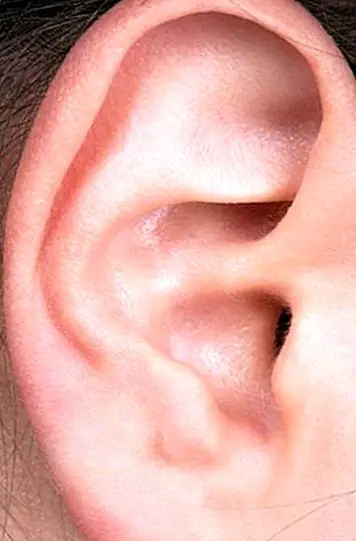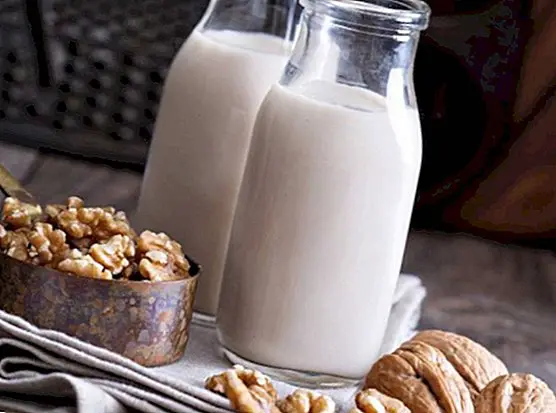Symptoms of kidney and gallstones: main differences
If at any time you have suffered from renal or biliary colic as a result of the presence of a stone or stone it is quite likely that you have already discovered for yourself how tremendously painful it can be.
However, although we may think that kidney stones and gallstones tend to be similar, especially in terms of the symptoms they cause, it is always useful to discover their basic differences which will help us know if we are suffering from colic. because kidney stones or stones in the gallbladder.

Of what there would be no doubt whatsoever is that both calculations are very annoying and painful, being able to even cause colic that incapacitates the person suffering from them, preventing them from carrying on a normal life until their symptoms diminish, cease or are treated.
Kidney stones or stones
Kidney stones consist of pieces of solid material, which tend to form inside the kidneys from different substances found in the urine. The most common is the calcium-containing stone, since it is quite common and common for the kidneys to tend to retain calcium. But they are not the only ones.
In fact, we must bear in mind that in reality we can all suffer from kidney stones, since they are composed of normal substances of the urine itself. However, for different reasons these substances tend to concentrate and solidify into small or larger fragments.

Among its causes, for example, can occur because the urine is saturated with salts that can finally produce them. Or because our urine lacks natural inhibitors with which to prevent this process. And all of them are influenced by a decrease in urinary volume, or by an increase in the urinary excretion of chemical substances that ultimately end up preventing the correct dissolution of the salts contained in the urine.
From a medical point of view the presence of kidney stones is known by the name of nephrolithiasis or nephrolithiasis.
Stones or stones in the gallbladder
Gallstones consist of hard deposits that form inside the gallbladder. As many medical specialists say, these calculations can be very small (like a tiny grain of sand), or much larger (such as the size of a walnut).
These stones or stones are formed when there are substances in the bile that harden, so painful episodes of gallstones usually occur after eating.

As you surely know, bile is a natural liquid produced by our liver in order to digest fats. When we eat, and both our stomach and intestines digest food, the gallbladder works by releasing bile through the common bile duct, which connects the liver with the small intestine.
These calculations can reach obstruct the flow of bile through the bile ducts, which in turn become a health risk if one of those calculations obstructs the ducts of the pancreas, as they can be a cause of inflammation of the pancreas.
The main differences between the symptoms caused by kidney stones and gallstones
It is evident that the symptoms caused by the presence of stones in the kidneys will not be the same as those caused by the existence of stones in the gallbladder. Therefore, a good option is to try to discover -or know- its main differences, even more if we believe that we may be suffering from colic by calculations.
- Symptoms of kidney stones: the colic usually is tremendously painful, with pain in the lumbar area (or lower back) that radiates towards the anterior abdomen and towards the genitals, being able to be very intense. It is a disturbing, intermittent pain, which in turn can cause nausea, vomiting, sweating and a feeling of having a bloated stomach. There may also be blood in the urine, as well as urine infection.
- Symptoms of gallstones: Biliary colic usually causes pain that is located in the upper right or middle of the abdomen. It can be of the colic type (that is, very intense) or constant, acute or deaf. It usually causes fever, nausea and vomiting, clay-colored stools and jaundice.
With the slightest symptom, the key is to go quickly to the emergency department, especially if the cramps are very intense and cause fever, nausea or vomiting. In the case of gallstones, the speed of treatment is of vital importance, since the risk of inflammation of the pancreas can be run (a very serious condition that must be treated quickly).This article is published for informational purposes only. It can not and should not replace the consultation with a Physician. We advise you to consult your Trusted Doctor. ThemesKidneys



